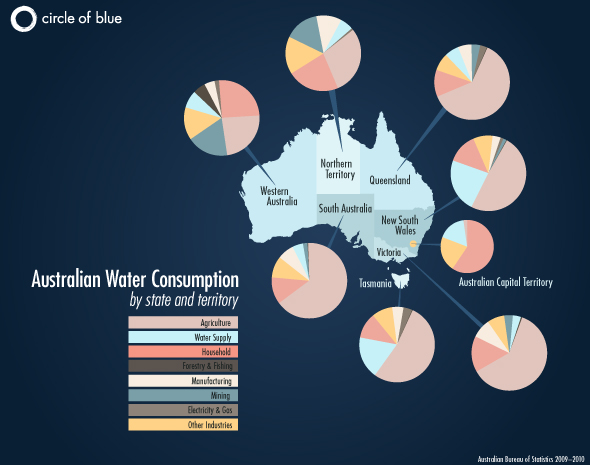Tehuacán Video Essay: Scarcity and Solutions – Pt. 1
The Tehuacán Valley captures the tragedy and triumph of Mexico’s worst freshwater crisis in decades. In this video, meet Francisca Rosas Valencia, a leader who is working to better her community’s water future.
In the heart of central Mexico, lies a valley whose very name, across the land, is synonymous for water: Tehuacán.
But custom can have deeper roots than reality. And the people of Tehuacán Valley have felt the water ebb beneath their feet. This fertile land of mineral springs, where corn was cultivated for the first time in all the world, is a drier place now.
Little rain from above means more withdrawal from below. Groundwater levels continue to plummet at an alarming rate. Water, always valuable, has become a precious commodity, and where it is absent, the future whithers.
At a man-made rain-collection pond in the dusty town of San Marcos, Francisca Rosas Valencia watches families come for water. Parched and barren land frames this eye of water, which serves as an option of last resort for those whose pipes go dry for hours, or days, on end.
The water is unsettlingly opaque. It is intended for livestock, but it stretches as far as laundry and may, in the hardest times, even be pressed into service for drink.
Doña Francisca has lived in San Marcos all her days and has seen water come nearer, but she has also seen that it cannot go much farther.
“In my childhood, at the age of seven, my parents required me to travel far distances to retrieve water. Now, the conditions are better. But there is still not sufficient water to meet all our needs. I would like to find a solution for us to have sufficient water, because water is the most important basis for life here.”
Doña Francisca is doing something unheard of for women in her indigenous ethnic group. With the determination of her enterprising ancestors, who built the region’s first dam in 715 B.C.E., she has become a community leader. She’s encouraging her neighbors — family farmers — to replace their traditional corn crops with amarynth, a high-protein grain more suited to the arid climate.
Her effort show promise: hundreds of peasant families have made money from selling amarynth products, marketed under the brand name “Cuali,” or quality.
“I like to work. I like to be successful. I have nine family members to support.”
—————————————————————————————————————————————————————-
Forces of man and nature have turned this valley’s freshwater supply, once renowned throughout Mexico, into an ancient memory. Industrial and agricultural pollution have rendered many waterways dangerous and some deadly. Rainfall is scarce, leaving soils parched and aquifers dangerously empty.
Four years ago, Circle of Blue assigned Newsweek’s Latin America bureau chief Joe Contreras and World Press-winning photojournalist Brent Stirton of Getty Images to tell Tehuacán’s story. Now, we turn our attention back to the region to find out what’s happened since — particularly after the worst drought in 68 years struck Mexico during the summer of 2010.
Circle of Blue provides relevant, reliable, and actionable on-the-ground information about the world’s resource crises.





Leave a Reply
Want to join the discussion?Feel free to contribute!